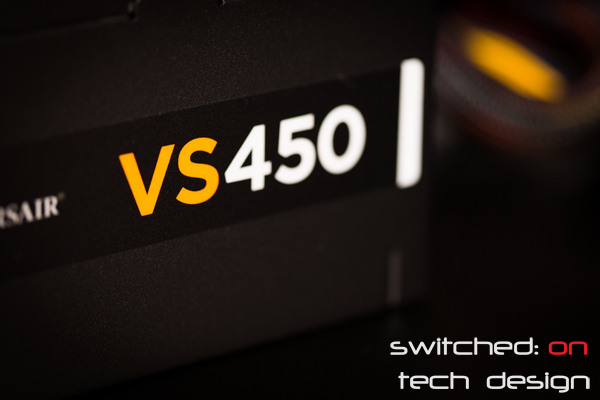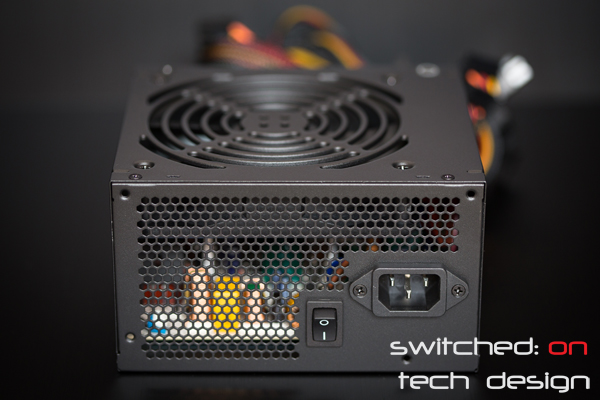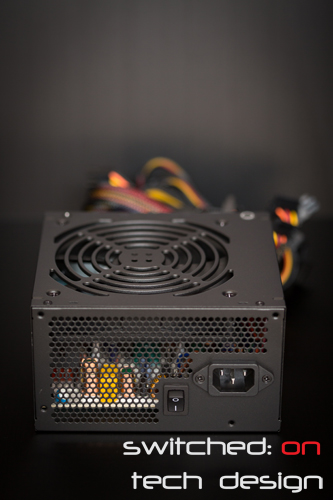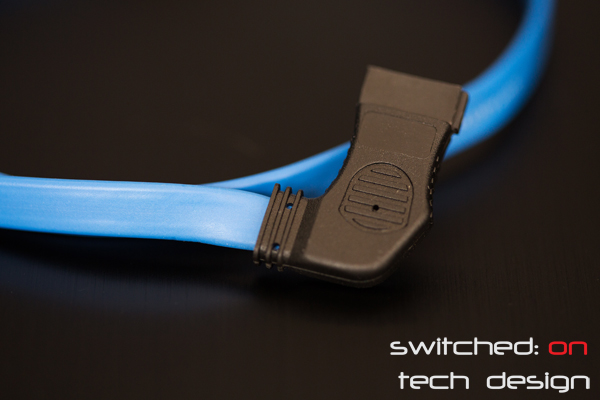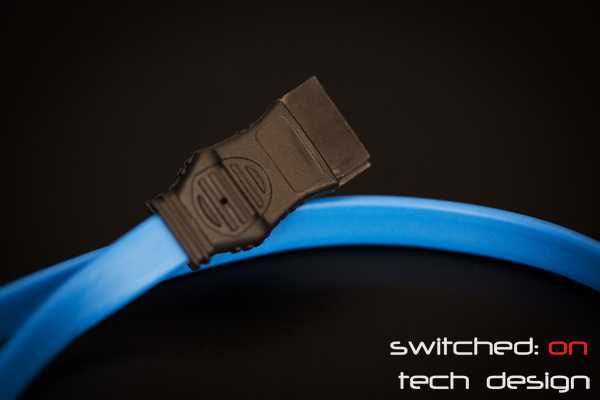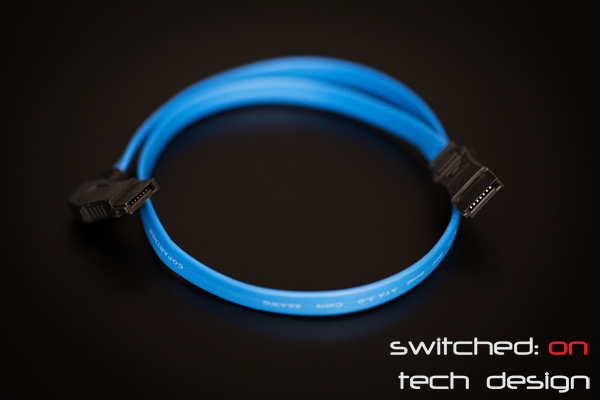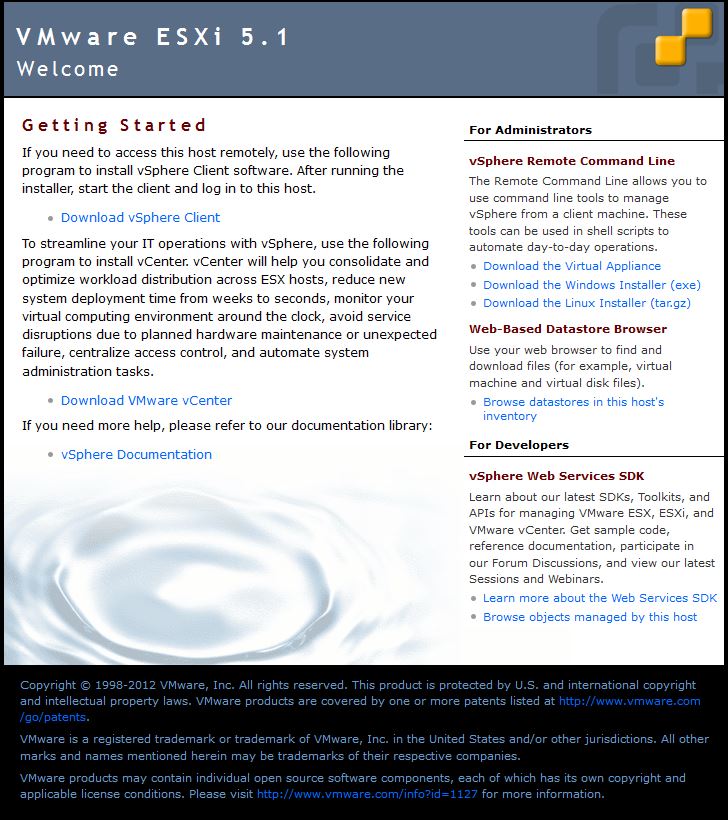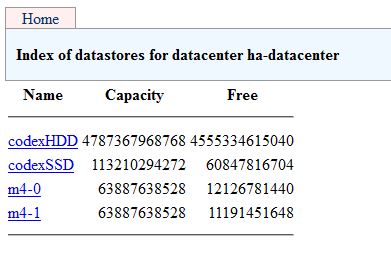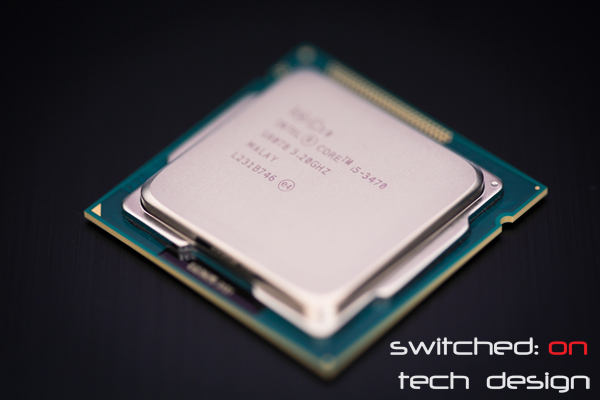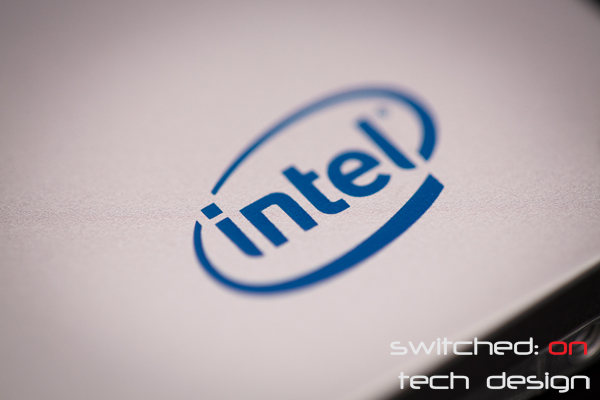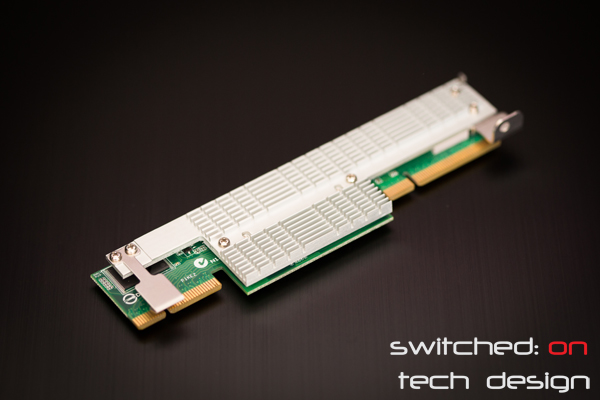One of the best gaming cards for those on a budget at the moment is the GTX 650Ti, and one of the most cost-effective models is the Palit version. Clocked at 928MHz with a memory clock of 2700MHz, it supports up to 2560×1600 resolution (or 2048×1536 over VGA).

As you can see it’s a reasonably short video card, with the PCB measuring just under 17cm long. It has a maximum of 100W power draw, and thus only requires a single 6-pin PCI-E power connector which is positioned at the end of the card:
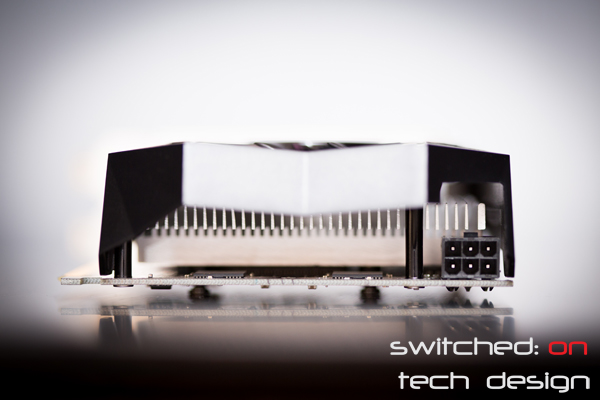
There is adequate room over the clasp to remove the cable without too much fiddling.
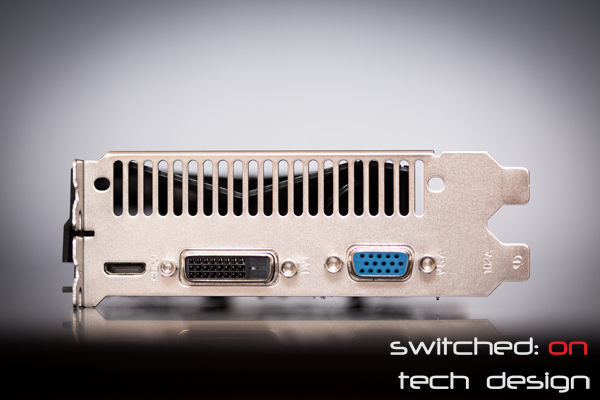
The card is a 2-slot design and has VGA, DVI and mini-HDMI outputs.
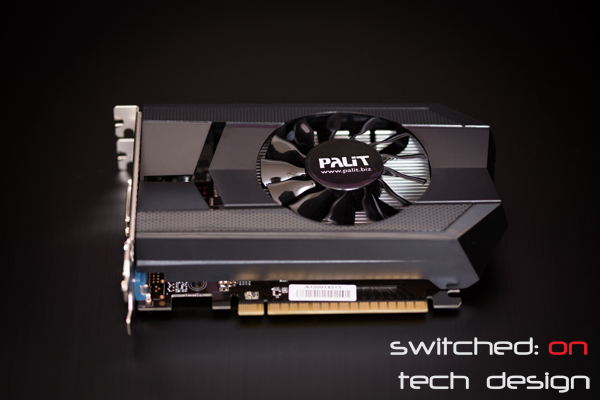
Here we can see that the fan shroud does not extend very far past the PCB, and that the cooling fan exhausts the hot air back inside the case. Given that the card shouldn’t produce a great deal of heat this may not require additional cooling if your airflow is already reasonable, though it is something to keep in mind.
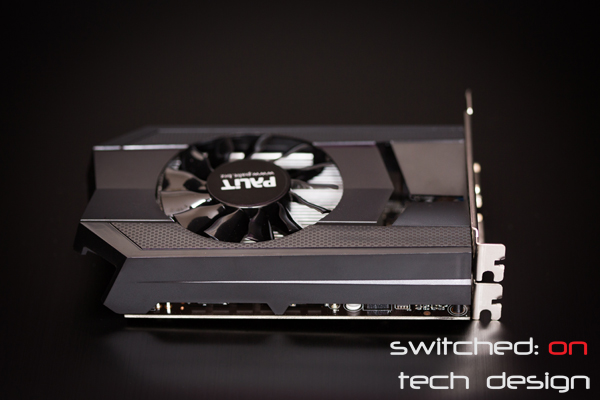
Nothing remarkable at the top of the card – there’s enough space for some air to escape after passing over the hot components and little else.
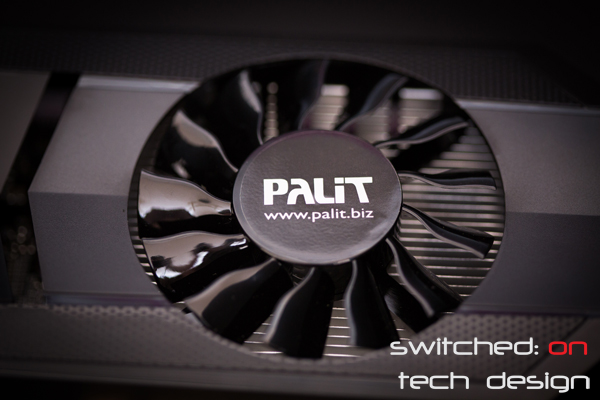
The fan is a 13-blade design and is reasonably quiet in day to day use – not surprising given that the card isn’t producing a great deal of heat.
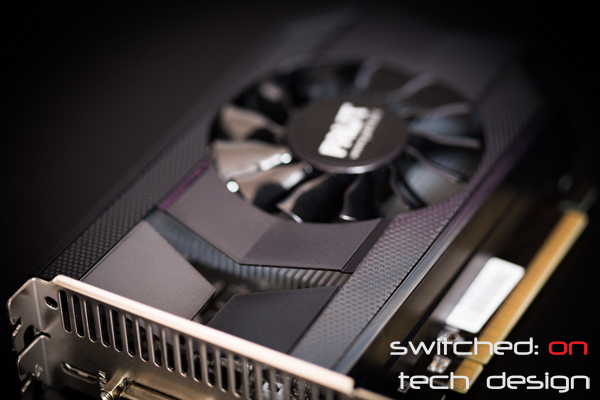
The plastic shroud next to the fan is stylized somewhat – enough to make it look interesting without going over the top. There’s some faint patterning along the length of the card:
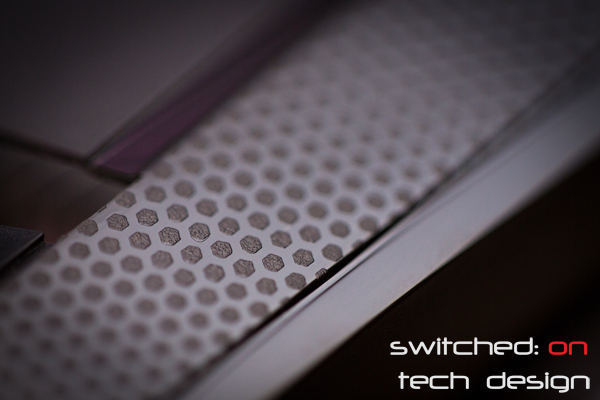
For around $150 the card represents a cost-effective way of getting much better graphics performance than the integrated CPU graphics of either AMD or Intel. Also worth noting is the card’s 2-year warranty. The new architecture from Nvidia is more power efficient than the previous which means that the card not only uses less power but produces less heat, which means less effort to keep it cool and lower noise levels as a result. Overall, Nvidia seem to have a winner on their hands here and I wouldn’t be surprised to see this or another 650 Ti variant making it’s way into a fair few of our budget gaming builds.
